The U.S. Bureau of Labor Statistics released its March 2025 Inflation report on April 10th, 2025. The report showed that Annual Inflation was down from 2.8% in February to 2.4% in March.
Calculated to two digits, it was 2.82% in February and 2.39% in March. Although this month’s numbers look very good there is a surprise hidden in the monthly numbers. (See this month’s MIP).
Inflation Prediction:
This is the second month in a row that actual inflation came in slightly below our “extreme low” projection. We had projected an “extreme low” of 2.42% for March, but it came in at 2.39%. Of course, had we been rounding to one digit as the BLS does, it would have been right on the nose of 2.4%.
This Month’s MIP
The current MIP projection shows that inflation could rise through August.
This is because those months were much lower than average in 2024. So, as the monthly numbers fall out of the calculation if average numbers replace them, the total annual inflation will rise. The monthly numbers were:
| May-24 | Jun-24 | Jul-24 | Aug-24 |
| 0.17% | 0.03% | 0.12% | 0.16% |
March 2025 was very low at 0.22%, but even if we have another four months like that, annual inflation will still rise.
See this month’s MIP prediction
Annual Inflation… 2.39% in March 2025
- Annual Inflation fell from 2.82% to 2.39%
- CPI Index rose from 319.082 to 319.799
- Monthly Inflation for March was 0.22% down from 0.65% a year ago.
- Next release May 13th 2025
| Jan | Feb | Mar | Apr | May | June | July | Aug | Sep | Oct | Nov | Dec | |
| 2025 | 3.00% | 2.82% | 2.39% | NA | NA | NA | NA | NA | NA | NA | NA | NA |
| 2024 | 3.09% | 3.15% | 3.48% | 3.36% | 3.27% | 2.97% | 2.89% | 2.53% | 2.44% | 2.60% | 2.75% | 2.89% |
| 2023 | 6.41% | 6.04% | 4.98% | 4.93% | 4.05% | 2.97% | 3.18% | 3.67% | 3.70% | 3.24% | 3.14% | 3.35% |
BLS Commentary:
The BLS Commissioner reported:
“The Consumer Price Index for All Urban Consumers (CPI-U) decreased 0.1 percent on a seasonally adjusted basis in March, after rising 0.2 percent in February, the U.S. Bureau of Labor Statistics reported today.
Over the last 12 months, the all items index increased 2.4 percent before seasonal adjustment. The index for energy fell 2.4 percent in March, as a 6.3-percent decline in the index for gasoline more than offset increases in the indexes for electricity and natural gas. The food index, in contrast, rose 0.4 percent in March as the food at home index increased 0.5 percent and the food away from home index rose 0.4 percent over the month.”
Looking at table A below we can see that on an annual basis energy is down as well as on a monthly basis.
The biggest gainers on an annual basis were Services like Food away from home, Energy Services, shelter, and transportation services. On a monthly basis, in addition to Energy, Used Vehicles, Medical Care Commodities, and Transportation Services were down.
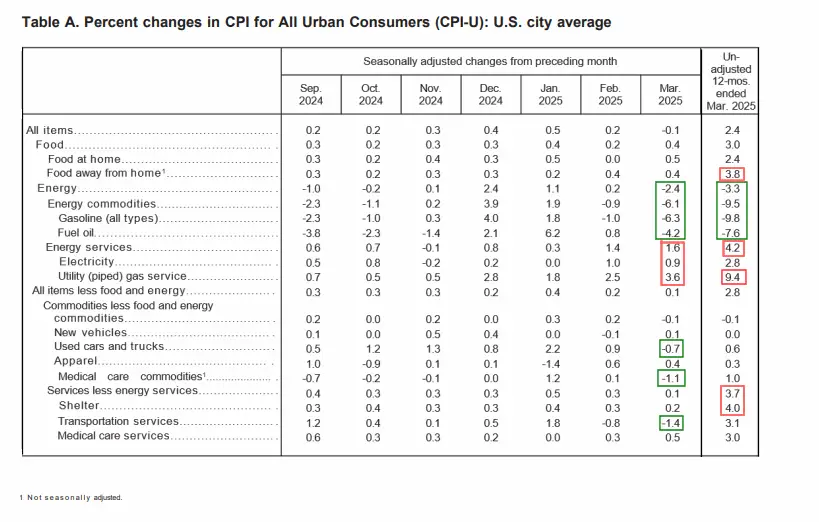 Although these “Seasonally Adjusted” numbers are slightly different than those typically presented by the BLS, the following chart from the Federal Reserve shows the gap between inflation with and without Food and Energy. Comparing the two, highlights how much food and energy are contributing toward overall inflation.
Although these “Seasonally Adjusted” numbers are slightly different than those typically presented by the BLS, the following chart from the Federal Reserve shows the gap between inflation with and without Food and Energy. Comparing the two, highlights how much food and energy are contributing toward overall inflation.
Without food and energy, inflation would be 2.809%. But due to the downward pressure of Energy total inflation according to the FED is 2.406%.
Source: St. Louis FED
FED Monetary Policy
March 2025 Summary:
- FED Assets are Falling
- M2 Money supply is rising
- FED Funds Rates Remain at 4.33%
FED Assets and M2 Money Supply
As of April 2, 2025 FED assets are down to 6,723,452 million (6.72 Trillion) or basically, back to May 2020 levels. A month ago, on March 5th, FED assets were down to
QE5 was totally unnecessary and the FED has now sopped up the excess liquidity it created in the unnecessary QE 5. Although the market is down over the last quarter, the FED has been able to reduce Assets without rapidly crashing the market but Trump’s tariffs have spooked the markets recently.
Looking at the M2 money supply we get a slightly different picture. Here we see a steady growth of the money supply from 2009 through 2020 (#1), then a sharp spike as we saw with FED assets (#2), and then a slightly less sharp incline (#3) (but longer duration for QE 5) taking M2 to 22 Trillion dollars in 2022. From 2022 to 2023 (#4) we see the decline we would expect due to the reduction of FED assets…
BUT… rather than continuing to decline in 2023 and 2024 as FED assets do, M2 returns to the same slope of increase as from 2012-2020 (#5), despite FED assets declining. This could be the reason for the rebound in the stock market, beginning at about the same time as this uptick in M2.
Global M2
The Global M2 Money Supply is the composite of all the major countries’ money supplies. We can see that on a global scale the money supply has been increasing throughout 2025. Generally, an increase in the money supply will result in a rising stock market with a 2 to 4-month delay.
FED Funds Rate
The chart below shows the rapid increase in interest rates from February 2022, when they were just 0.08% to a year later, when they were at 4.57%. From August 2023 through August 2024, the FED maintained a stable Funds Rate at 5.33%. Then, in September, the FED announced a 1/2% reduction in the range. October numbers show the rate at 4.83%. At its November meeting the Fed lowered the federal funds target range by 25 basis points to 4.5%-4.75%, with the actual rate coming in at 4.48% in December. On December 19, 2024 they lowered the target range to 4.25 – 4.50%, since then, the FED held its Funds rate steady from January through March 2025 at 4.33%.
More info about FED Monetary Policy and Inflation
Inflation Chart
Monthly Inflation Compared to Previous Years:
The monthly inflation rate for March 2025 was 0.22% half as much as February’s 0.44%. A year earlier, in March 2024, monthly inflation was 0.65%.
Not Seasonally Adjusted Monthly Inflation Rates
Note: January 2022’s 0.84% was the highest January since 1990. June was the highest June since 1941 (although the first quarter of 1980 had some higher rates). Typically, the first quarter has the highest monthly inflation and the 4th quarter is the lowest (even negative).
| Jan | Feb | Mar | Apr | May | Jun | Jul | Aug | Sep | Oct | Nov | Dec | |
| 2016 | 0.17% | 0.08% | 0.43% | 0.47% | 0.41% | 0.33% | (0.16%) | 0.09% | 0.24% | 0.12% | (0.16%) | 0.03% |
| 2017 | 0.58% | 0.31% | 0.08% | 0.30% | 0.09% | 0.09% | (0.07%) | 0.30% | 0.53% | (0.06%) | 0.002% | (0.06%) |
| 2018 | 0.54% | 0.45% | 0.23% | 0.40% | 0.42% | 0.16% | 0.01% | 0.06% | 0.12% | 0.18% | (0.33%) | (0.32%) |
| 2019 | 0.19% | 0.42% | 0.56% | 0.53% | 0.21% | 0.02% | 0.17% | (0.01%) | 0.08% | 0.23% | (0.05%) | (0.09%) |
| 2020 | 0.39% | 0.27% | (0.22%) | (0.67%) | 0.002% | 0.55% | 0.51% | 0.32% | 0.14% | 0.04% | (0.06%) | 0.09% |
| 2021 | 0.43% | 0.55% | 0.71% | 0.82% | 0.80% | 0.93% | 0.48% | 0.21% | 0.27% | 0.83% | 0.49% | 0.31% |
| 2022 | 0.84% | 0.91% | 1.34% | 0.56% | 1.10% | 1.37% | (0.01%) | (0.04%) | 0.22% | 0.41% | (0.10%) | (0.34%) |
| 2023 | 0.80% | 0.56% | 0.33% | 0.51% | 0.25% | 0.32% | 0.19% | 0.44% | 0.25% | (0.04%) | (0.20%) | (0.10%) |
| 2024 | 0.54% | 0.62% | 0.65% | 0.39% | 0.17% | 0.03% | 0.12% | 0.08% | 0.16% | 0.12% | (0.05%) | 0.04% |
| 2025 | 0.65% | 0.44% | 0.22% |
See: Monthly Inflation Rate for more information and a complete table of Unadjusted Monthly Rates.
Misery Index
Current Misery Index:
Unemployment 4.20% + Inflation 2.39% = 6.59%
This month inflation is down but unemployment is up, and the misery index is down slightly to 6.59%. For the first half of 2024, the Misery index hovered around 7% before falling to the high 6s. It finished the year at 6.99% and moved up very slightly to 7.00% in January 2025.
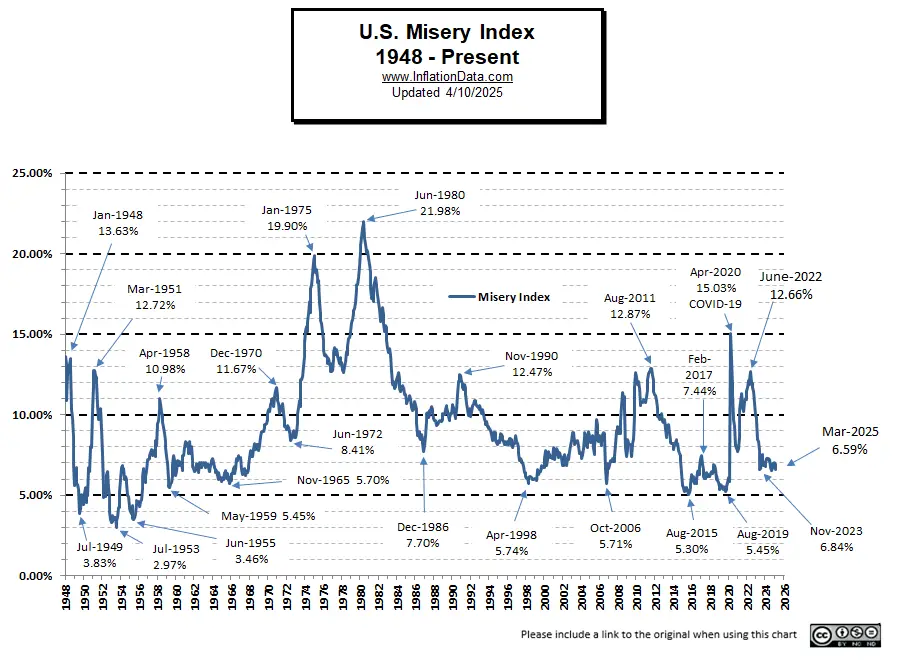 [Read More on the Misery Index…]
[Read More on the Misery Index…]
Rate of Change (ROC) Charts
The NYSE ROC issued a Sell Signal in November.
The NASDAQ ROC issued a Sell signal in December.
Bitcoin generated a Sell signal in February.
On March 4th the Fear and Greed Index was in extreme Fear territory. According to Warren Buffet, we should buy when others are fearful.
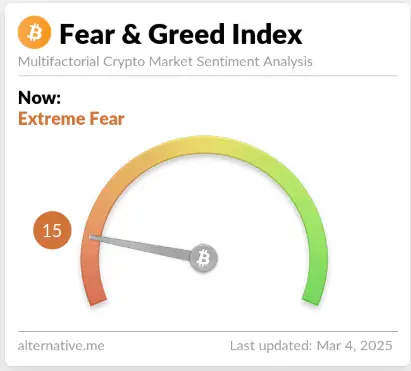 By April 1 it had moved to less fearful.
By April 1 it had moved to less fearful.
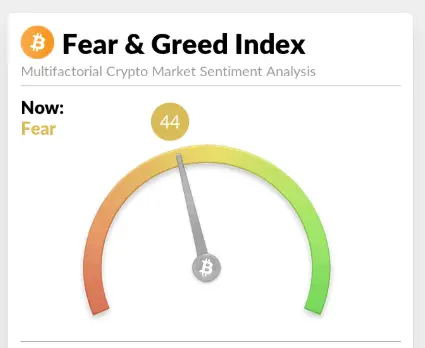 But then with the Trump tariff announcement the index moved back to “15” extreme fear. Which may have provided another good buying opportunity.
But then with the Trump tariff announcement the index moved back to “15” extreme fear. Which may have provided another good buying opportunity.
Ethereum also issued a Sell signal in February.
For more information, see NYSE Rate of Change (ROC) , NASDAQ ROC Chart, and Crypto ROC .
You Might Also Like:
From InflationData.com
- Which is Worse, Inflation or Deflation?
- Which Debts To Pay Off First When Inflation Hits
- Would DOGE Dividend Checks Stoke Inflation?
- The Correlation Between Job Market Turnover and Inflation
- How Inflation Destroys Civilization
From Financial Trend Forecaster
- NYSE ROC
- NASDAQ ROC
- Crypto ROC
- The Truth About why Nixon Replaced the Gold Standard with Fiat
- Media Censorship-Sacrificing Truth
- Income Inequality Misconceptions in the U.S.
- My Experience with Socialized Medicine
From UnemploymentData.com.
- March 2025- Employment / Unemployment Report
- February 2025 Jobs Report
- January 2025 BLS Employment Report
- December 2024 Unemployment Report
From Elliott Wave University
- Tesla’s Troubles — Is it Musk or is it More?
- Stock Prices are Out of This World
- Five Benefits of Using the Elliott Wave Principle to Make Decisions
- Invest Like Warren Buffet
- Gold Prices: The calm before a record run
From OptioMoney
- Consumer Culture Contrasting Spending Habits in the US and Europe
- Financial Considerations When Moving to Florida
- Splitting Your Golden Years:
From Your Family Finances
- Question: About credit cards.
- Maintaining Value in a High-Inflation World
- What Homeowners Need to Know about Florida’s Property Insurance Crisis
- How to Get Money Interest-Free
- How to Financially Prepare for Hurricane Season
- Key Considerations for Smooth Wealth Transfer Planning

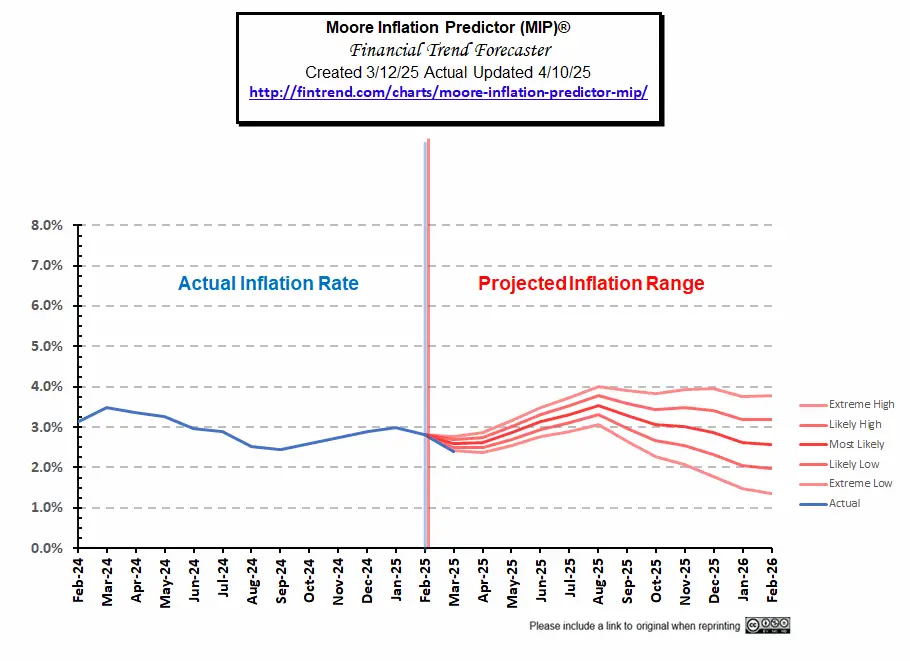
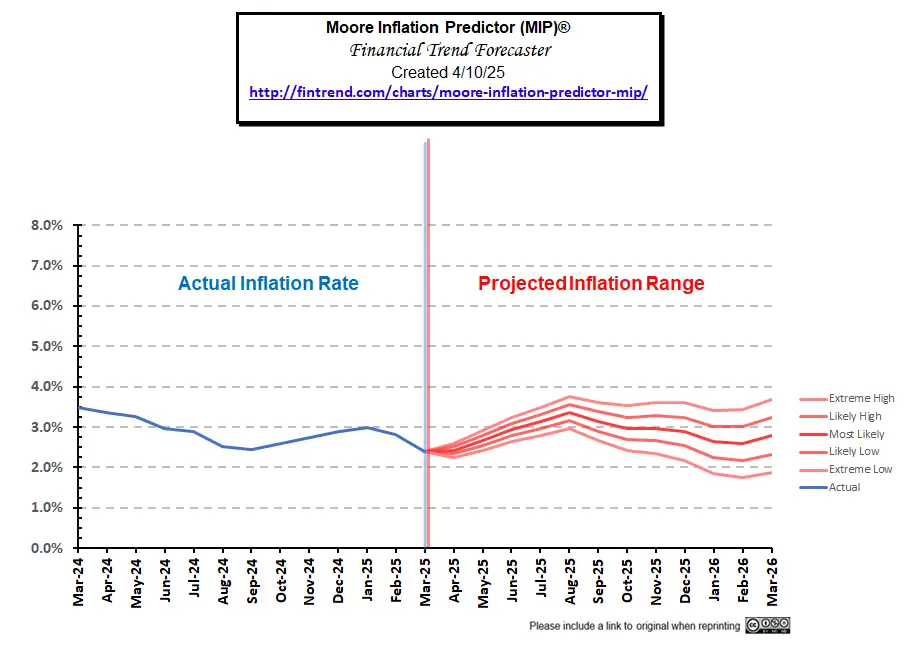
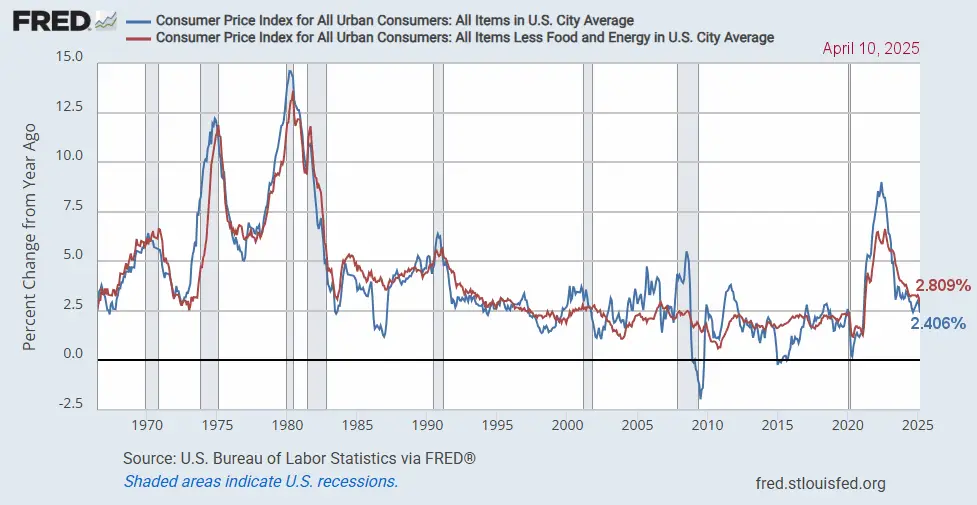
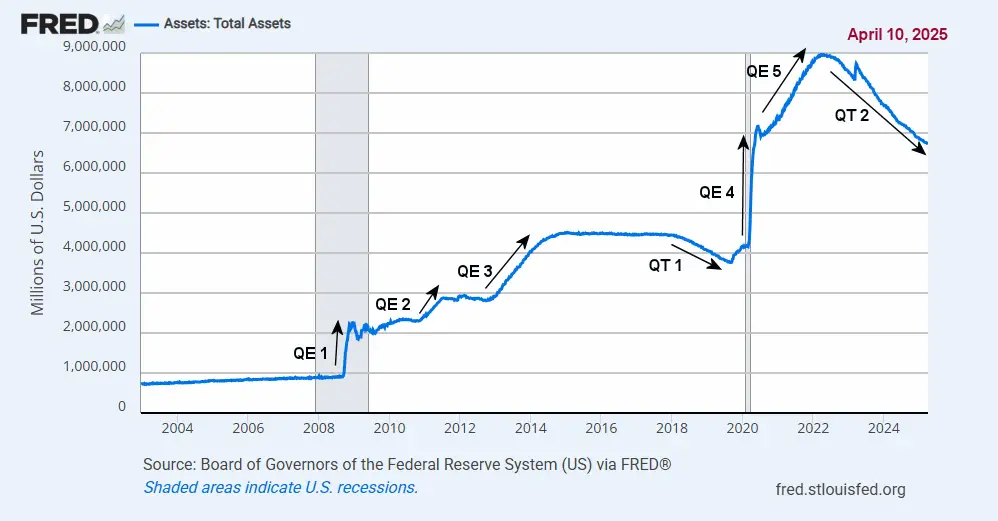
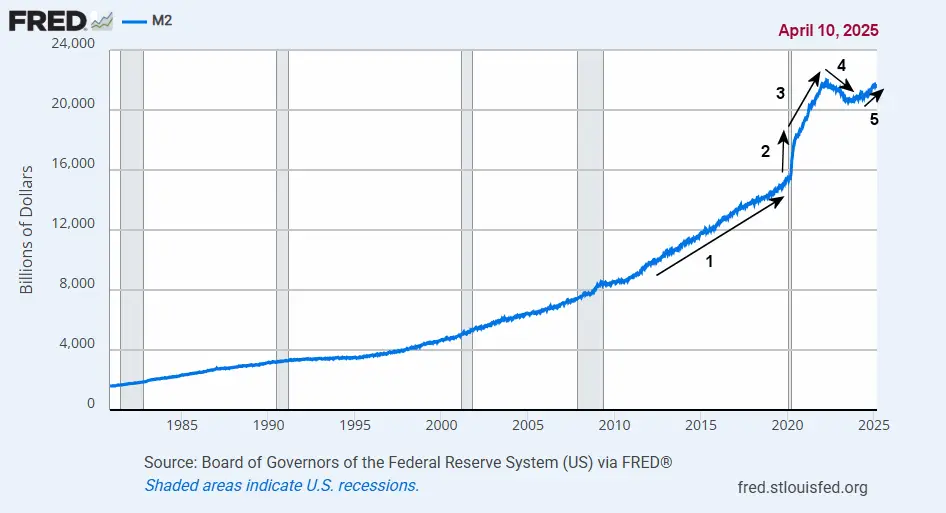
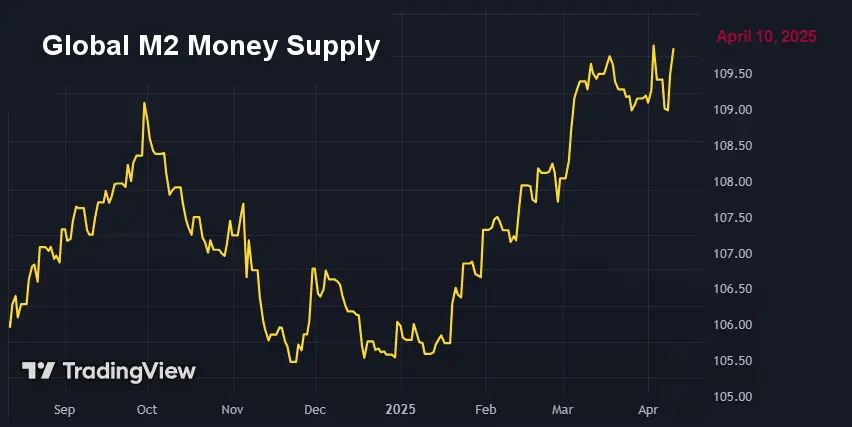
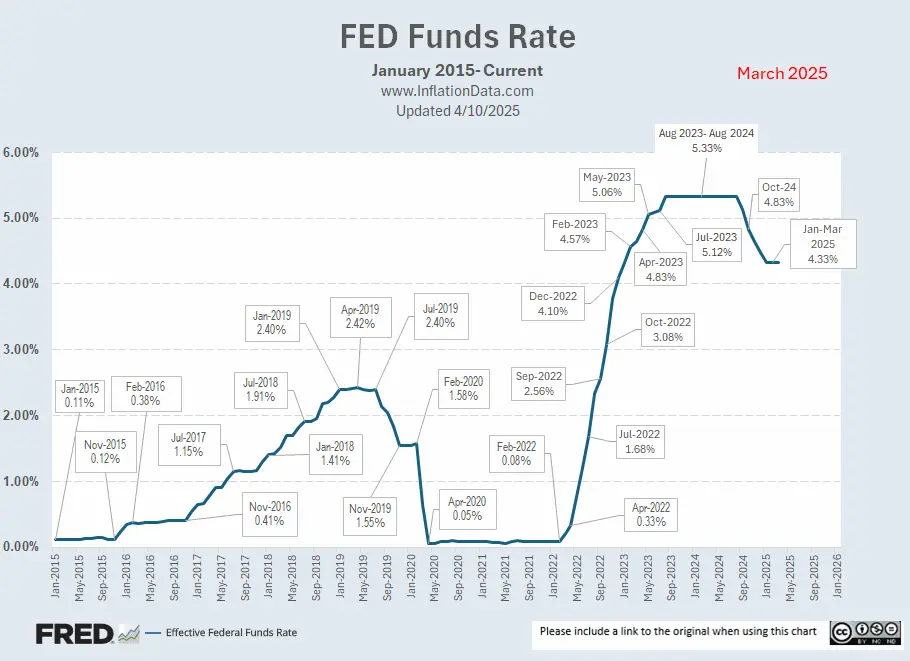
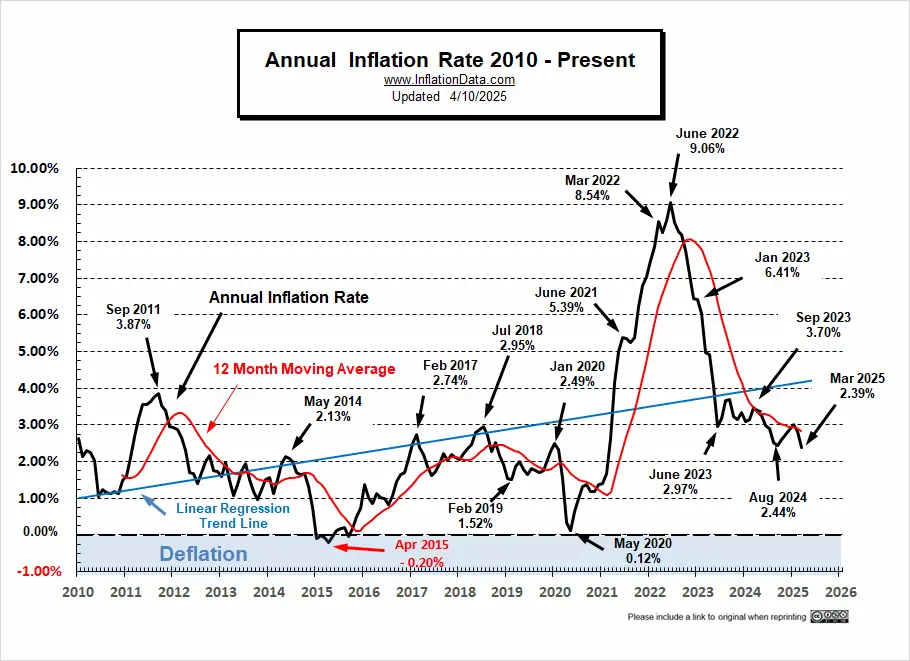
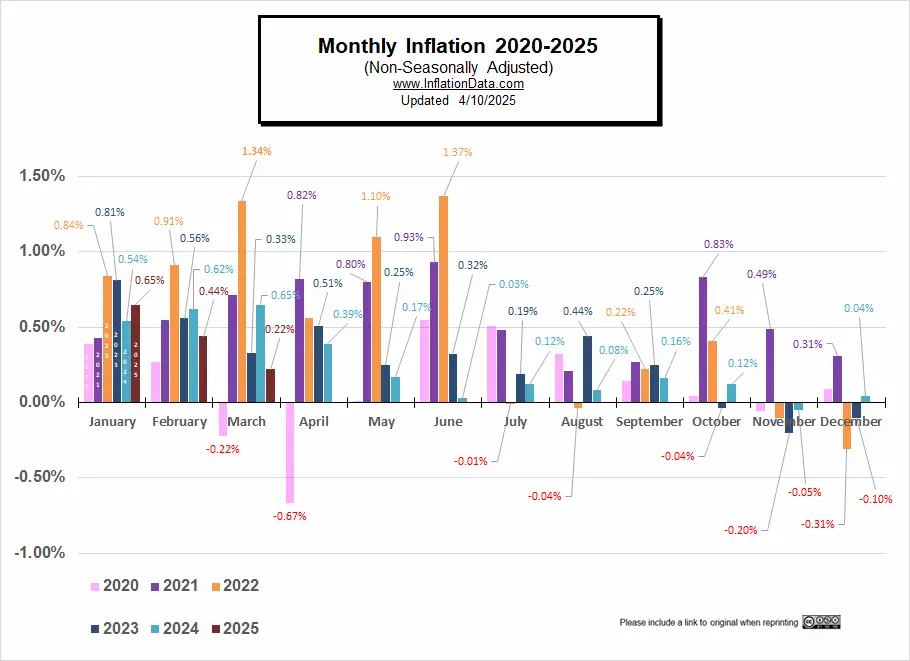
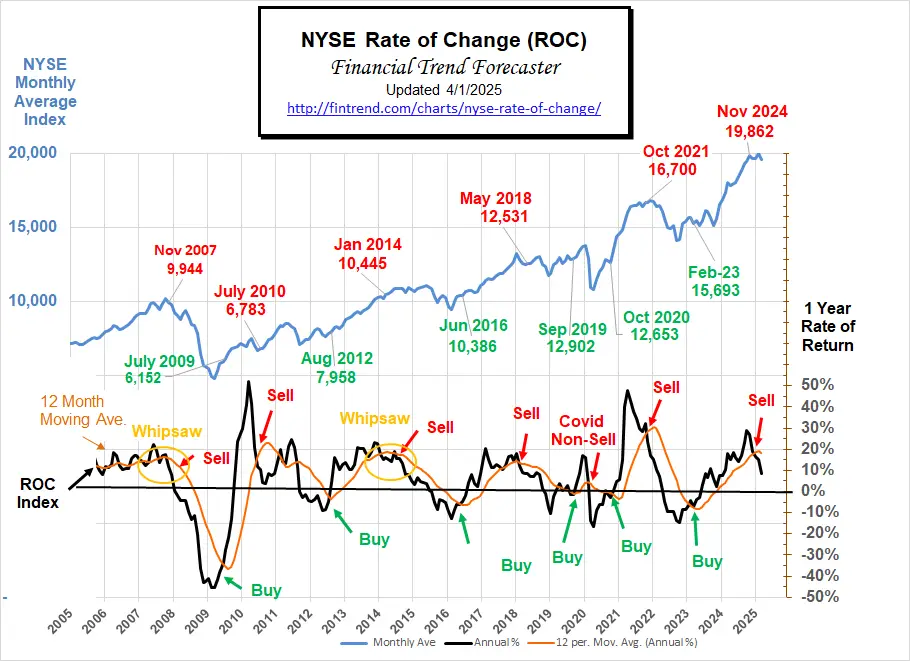
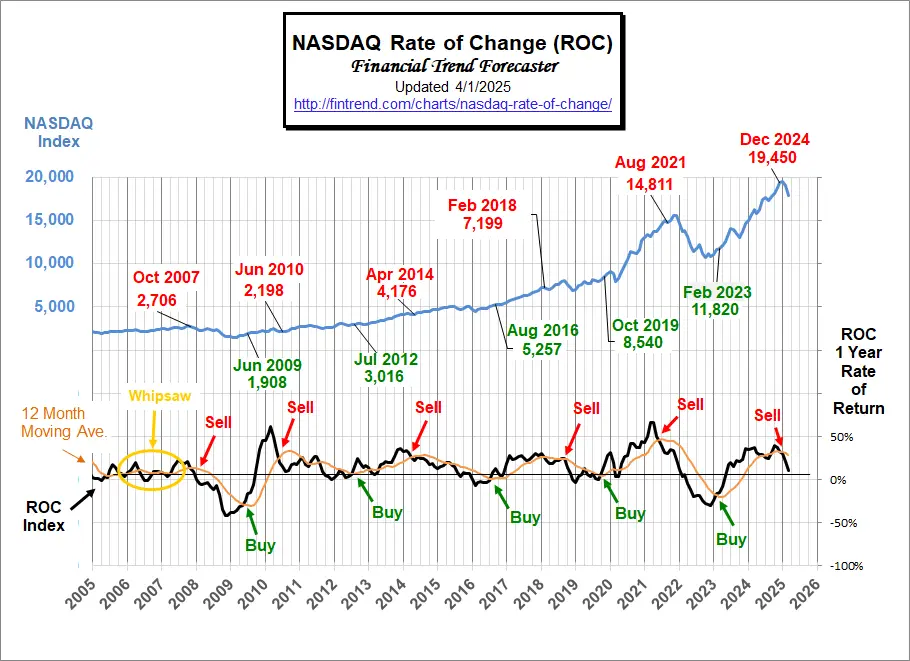
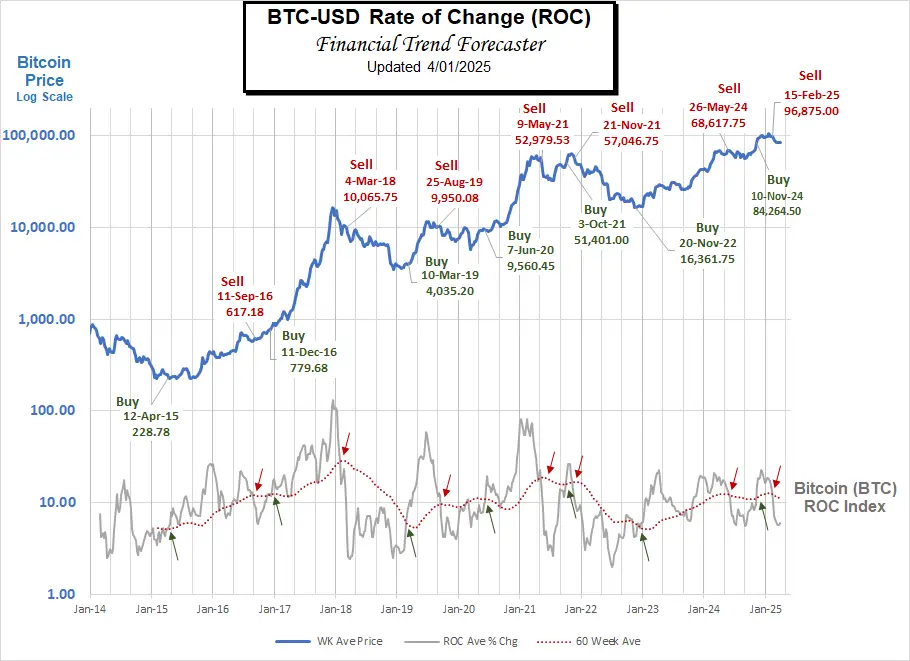
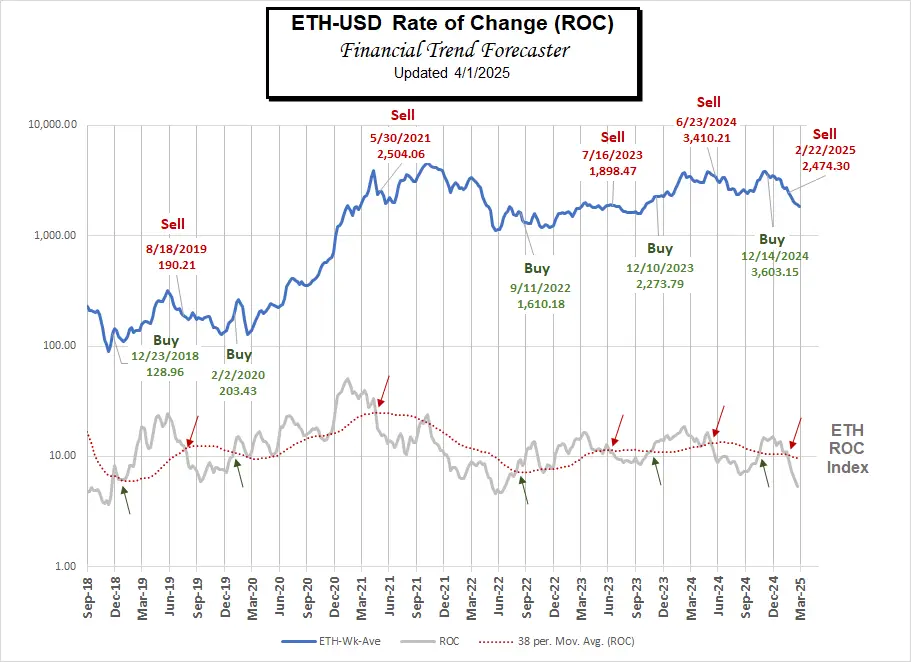

Leave a Reply